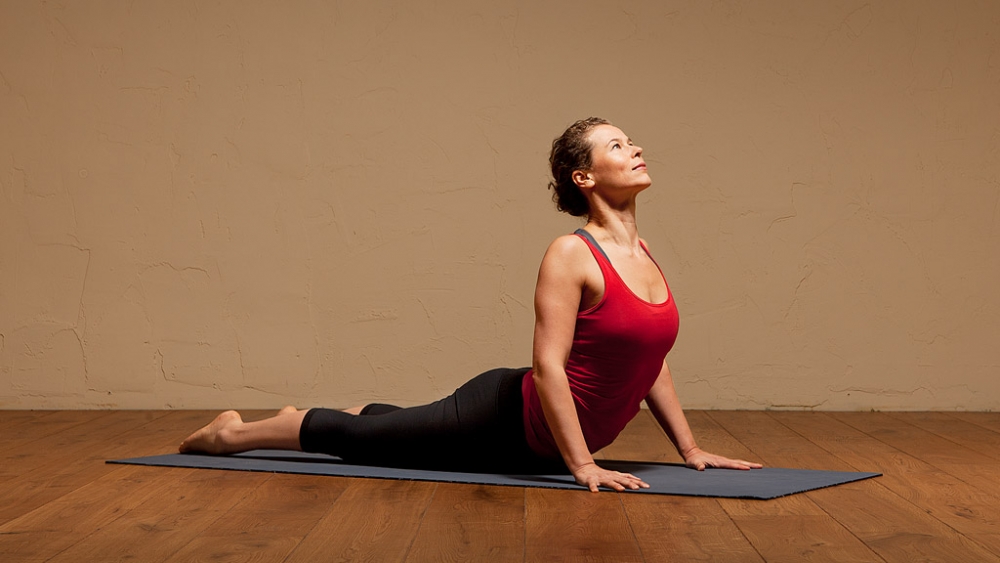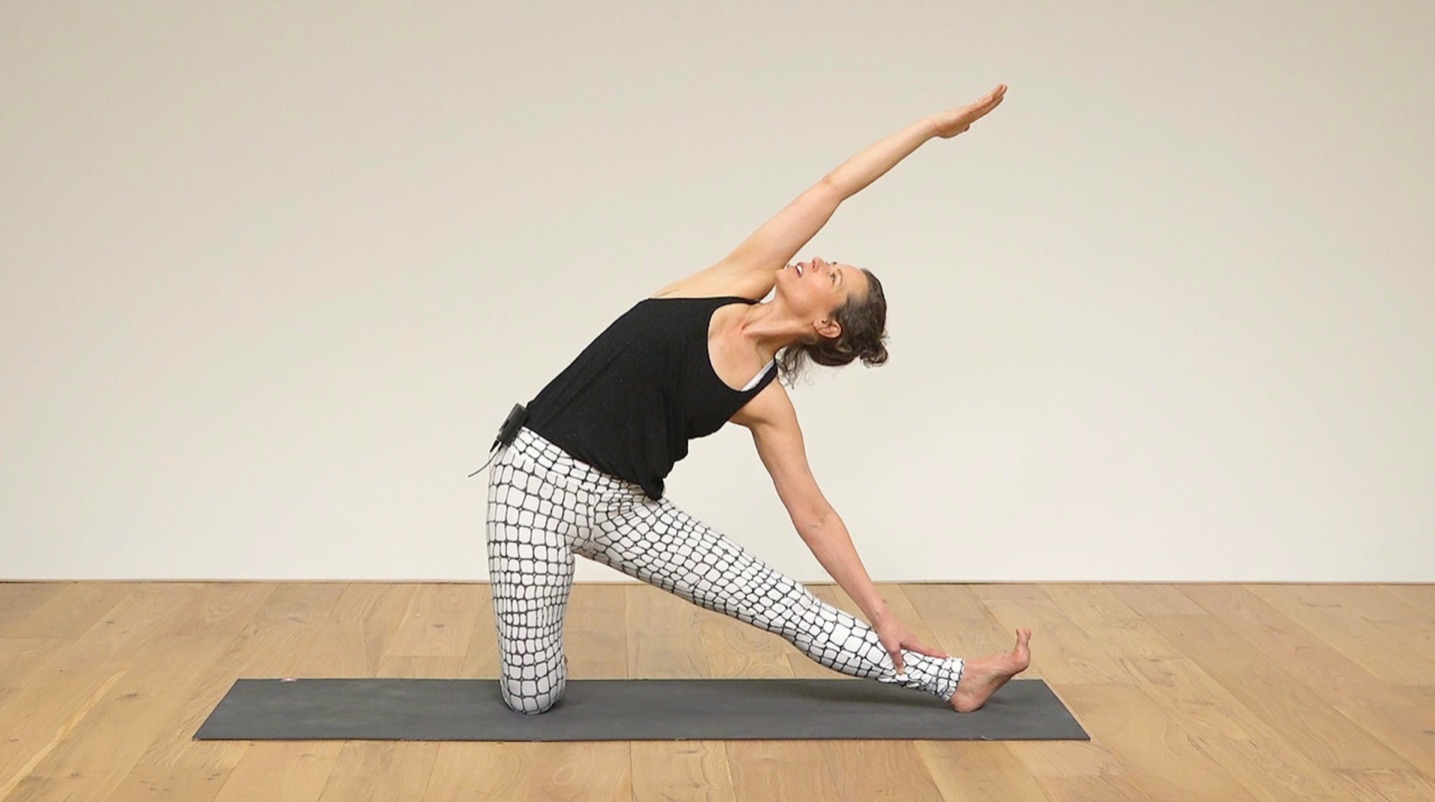The inability to do, or to hold, an asana (yoga pose)
It can happen in any given class; you’re on your mat, doing your thing, moving in sync with your breath. Your body feels fluid and strong, your mind is willing and able. Working up to the peak of the class, you look up to see the teacher demonstrate the asana you have been working towards. The teacher moves into the asana with ease and grace and you’re starting to think you might just be able to pull it off too. As you are attempting to get into the posture, the possibilities of what you thought you might be capable of suddenly crumble in just a few measly seconds: you are unable to keep the control over the strength in your body and/or accessing the needed flexibility in your limbs.
The result: you fall out. After what feels like a fierce and everlasting struggle to contort your unwilling body in a pretzel-like shape you are left with exactly the opposite of yoga; defeated, ashamed and frustrated.
Just to be absolutely clear, I am painting a picture of myself here. This has happened to me so many times that I can literally dream this scenario. During my years of yoga practice, I have done countless yoga classes, practices and workshops where I was unable to perform the peak pose. These situations of (self-proclaimed) “failure” have taught me some of the most valuable lessons I could not have learned otherwise.
I developed these two recommendations that continue to help me in my own practice and life:
Accept that there will always be someone that “does it better”
You will all have things that you find difficult and challenging in your yoga practice, just like in the rest of your lives. Looking at others (who seemingly do these particular things with great ease) and comparing yourself to them will undoubtedly lead to self-doubt and frustration.
Your yoga practice is not a static thing, it will change; sometimes it will go up and sometimes it will go down. This is a reality of life and the better you are able to ”flow” with these changes, the more content you will be.
Your yoga practice is not a static thing, it will change; sometimes it will go up and sometimes it will go down. This is a reality of life and the better you are able to ”flow” with these changes, the more content you will be, wherever you are. Both on your mat and off it. Stay close to yourself and concentrate on your yourself, it will help you stay connected to your path and practice. Stay connected and you will get stronger in a much bigger way.
Don’t take it so seriously – it’s only yoga!
This is something one of my first yoga teachers would say to us when he would see us get harsher while pushing ourselves to the brink.
Cultivate playfulness in your practice! Having a sense of playfulness will take the load off the challenge and will pull out the sting if you don’t achieve what you want. We can learn a lot when we look at kids play: when they fall over doing a cartwheel or other silly things they laugh, get up and try again! Practise staying playful in the moment without clinging to a certain outcome can help you to be lighthearted and have a beginner’s mind; a wonderful attitude in yoga and your life! Stay lighthearted and you will get more flexible.
Lastly, look at your thoughts on doing a yoga pose ‘right’
Notice how the mind often likes to judge. While you’re practising a pose the mind likes to ask “Am doing this right?” or “Am I doing this well?”. Are you doing a pose to get somewhere (your hands all the way to your toes, making a certain shape) or are you doing a yoga pose so that it feels good in your body?
Lately I have become more interested in reducing my physical effort in my yoga practice.
I’ve come away from doing 100% and I’ve noticed that when I practise at 70 or 80% of my effort instead it feels better in my body. I feel more vital and energetic. I can breathe much deeper and keep the ability to move and shift while in the pose. This makes my experience more spacious in both my body and my mind! Always keeping the space allows me to “ease” into my thoughts as well. So when I notice my mind starting to say things like “you’re not doing enough” I return to my body and observe how the asana feels in my body (this is called “interoception”). When I let go of the tight grip in my body, I can let go of the tight grip of my thought as well and enjoy the experience of the practice.
So instead of “Am I doing this right?” I ask ”How does it feel?” and if it doesn’t feel good in my body, what is the point of doing it? I won’t get stronger or more flexible if I force my way through it.
Challenge yourself and step outside of the box of the mind, and simply feel the play of your body and your mind!
Enjoy your practice!
With love and blessings,
Sandra
Practise online with Sandra
Try out these recommendations in Sandra’s class – Outside the box – Level 1/2, 45mins, Hatha/ Vinyasa
Related article:
- Tension versus Compression – looking at two physical explanations for challenges in certain poses.
This article was originally published on16 March 2013 and has been edited to include more recommendations, classes and related articles.


